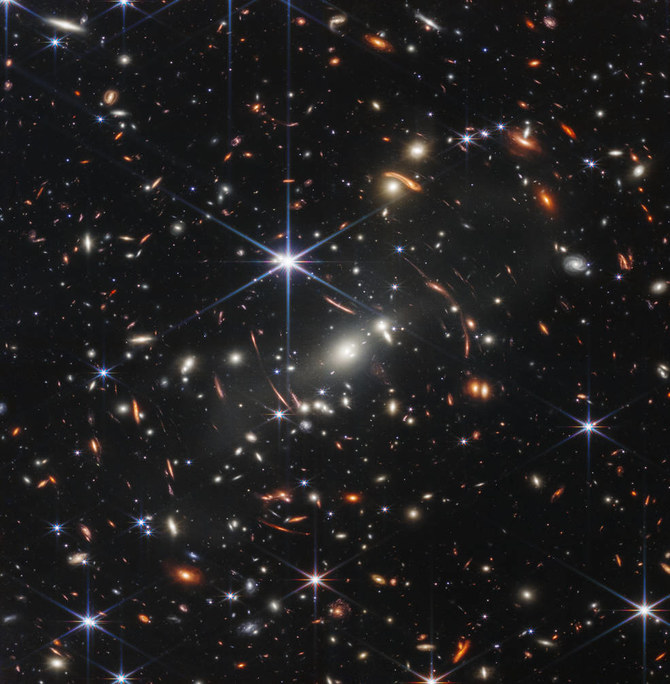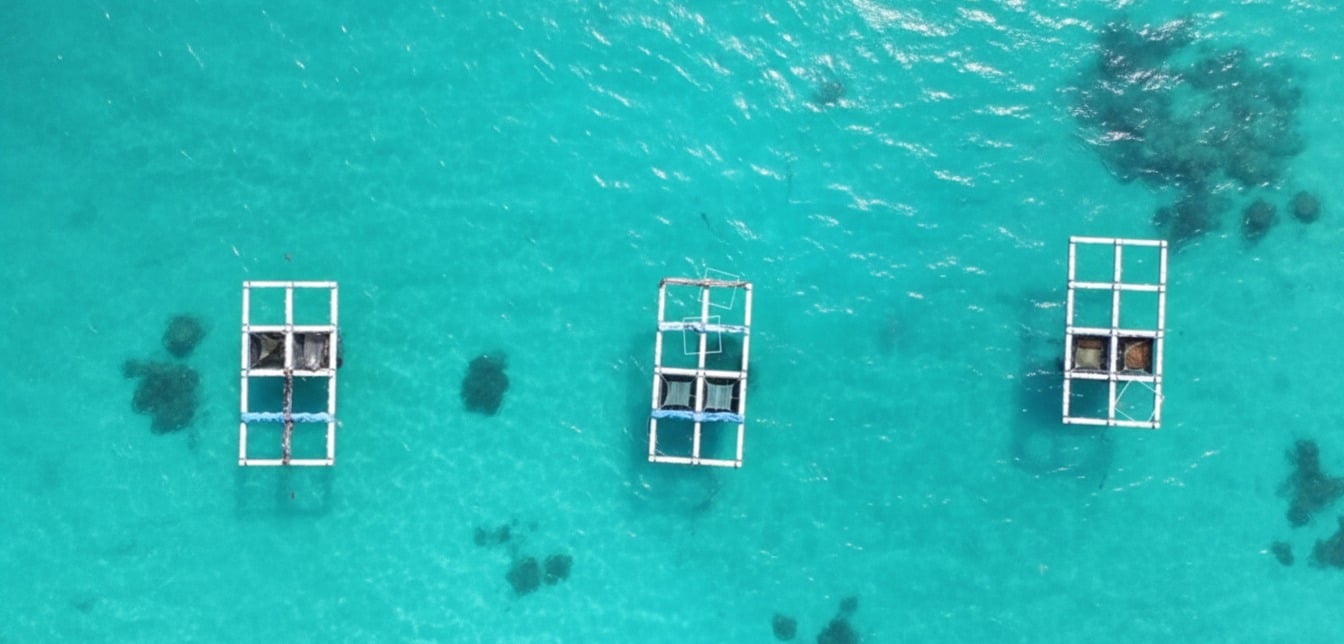The first image from the $10 billion James Webb Space Telescope is the farthest humanity has ever seen in both time and distance, closer to the dawn of time and the edge of the universe. The "deep field" image released at a White House event is filled with lots of stars, with massive galaxies in the foreground and faint and extremely distant galaxies peeking through here and there.
As per reports, part of the image is light from not too long after the Big Bang, which was 13.8 billion years ago. That image will be followed Tuesday by the release of four more galactic beauty shots from the telescope’s initial outward gazes.
The images on tap for Tuesday include a view of a giant gaseous planet outside our solar system, two images of a nebula where stars are born and die in spectacular beauty and an update of a classic image of five tightly clustered galaxies that dance around each other.
The world’s biggest and most powerful space telescope, James Webb telescope, rocketed away last December from French Guiana in South America. It reached its lookout point 1 million miles (1.6 million kilometers) from Earth in January. Then the lengthy process began to align the mirrors, get the infrared detectors cold enough to operate and calibrate the science instruments, all protected by a sunshade the size of a tennis court that keeps the telescope cool.
The plan is to use the telescope to peer back so far that scientists will get a glimpse of the early days of the universe about 13.7 billion years ago and zoom in on closer cosmic objects, even our own solar system, with sharper focus.
As per reports, part of the image is light from not too long after the Big Bang, which was 13.8 billion years ago. That image will be followed Tuesday by the release of four more galactic beauty shots from the telescope’s initial outward gazes.
The images on tap for Tuesday include a view of a giant gaseous planet outside our solar system, two images of a nebula where stars are born and die in spectacular beauty and an update of a classic image of five tightly clustered galaxies that dance around each other.
The world’s biggest and most powerful space telescope, James Webb telescope, rocketed away last December from French Guiana in South America. It reached its lookout point 1 million miles (1.6 million kilometers) from Earth in January. Then the lengthy process began to align the mirrors, get the infrared detectors cold enough to operate and calibrate the science instruments, all protected by a sunshade the size of a tennis court that keeps the telescope cool.
The plan is to use the telescope to peer back so far that scientists will get a glimpse of the early days of the universe about 13.7 billion years ago and zoom in on closer cosmic objects, even our own solar system, with sharper focus.


















